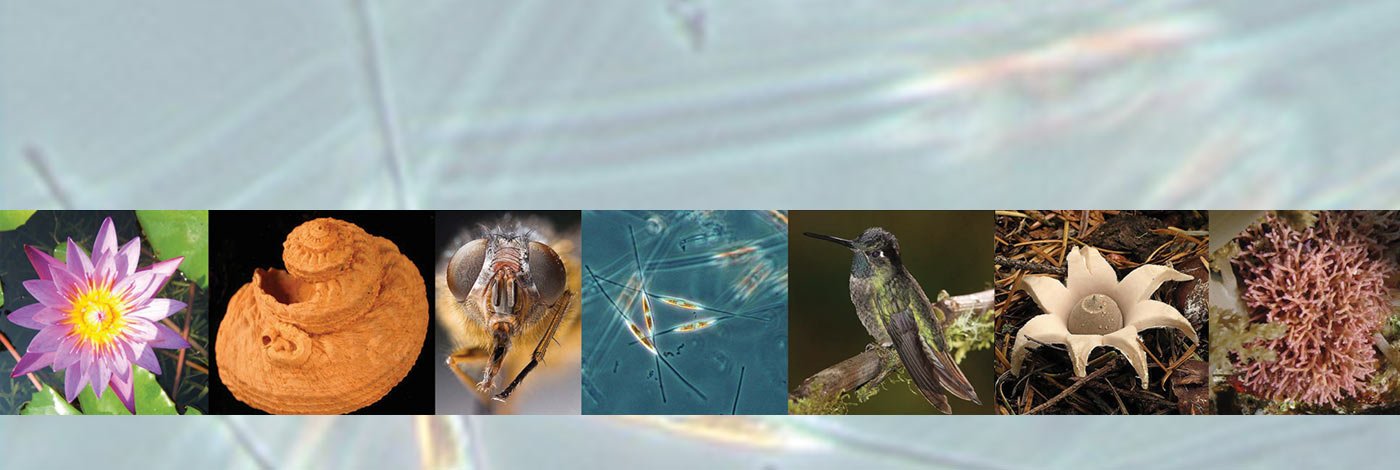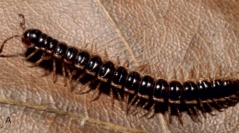

 European Journal of Taxonomy
2017 (293) - Pages 1-22 (EJT-293)
European Journal of Taxonomy
2017 (293) - Pages 1-22 (EJT-293)The genus Oxidus Cook, 1911 is revised to contain five species, O. avia (Verhoeff, 1937), O. gigas (Attems, 1953), O. gracilis (C.L. Koch, 1847), O. riukiaria (Verhoeff, 1940), and “species inquirenda” O. obtusus (Takakuwa, 1942). A cosmopolitan species, O. gracilis, is widely found in temperate and sub-tropical regions over the world, but other species have limited distribution in restricted regions, e.g., O. gigas in northern Vietnam, O. riukiaria and O. avia in the Ryukyu Islands (Japan). Four species, O. gracilis, O. riukiaria, O. avia and O. gigas, are confirmed as different from each other in gonopod characters, coloration and body size. The status of the last species, O. obtusus, is still doubtful and requires examination of further fresh material. The phylogenetic relationships among species of Oxidus is analyzed using two fragments of the mitochondrial genes COI (Cytochrome c Oxidase subunit I) and 16S rRNA. Three species of Oxidus are clearly separated from each other; O. gigas and O. gracilis form a monophyletic sister group with O. riukiaria. The genus Oxidus is also monophyletic and more closely related to the genus Tylopus Jeekel, 1968 than to the genera Sellanucheza Enghoff, Golovatch & Nguyen, 2004 or Kronopolites Attems, 1914. In addition, an identification key to species of Oxidus is provided.
Millipedes, Diplopoda, Oxidus, molecular phylogeny, revision.